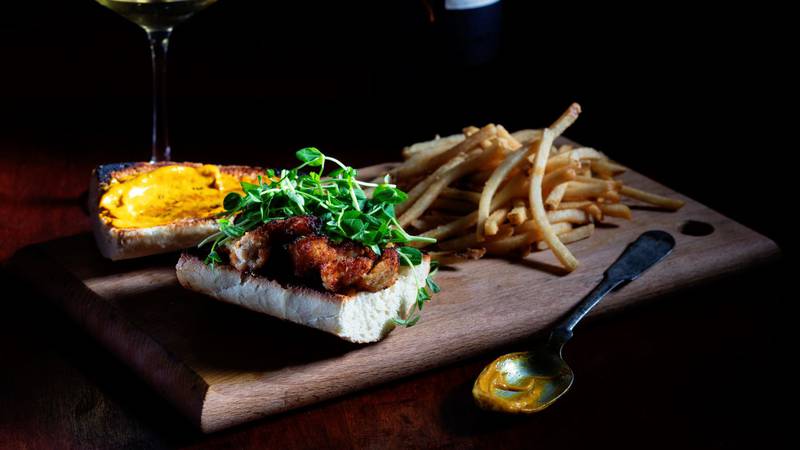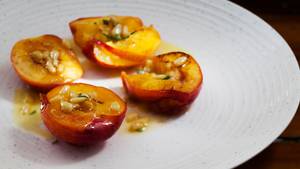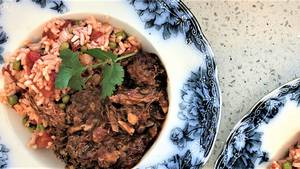Whenever I pour myself a glass of the Sauvignon Blanc and Sémillon-based wines that emerge from the gravel and pebble-tinged soils south of the city of Bordeaux I am tasting an ensemble of flavours and textures that could be seen as contrary to each other. Yet, within their glass confines, the diversity combines to create a liquid that defies conventions: one that is both classic and modern, and at once a masterpiece of both power and subtlety, joyfulness and thoughtfulness.
The oak fermented and aged whites of ‘Péssac’ are harmonious blends of Sauvignon Blanc and Sémillon, sometimes supported by the prettiness of Muscadelle and the rich, albeit minor role of Sauvignon Gris. In their youth, I often find the herbal, citrus and vivacious character of Sauvignon Blanc takes centre stage, while Semillon’s initially more subtle performance rises to a crescendo of beeswax and honeyed orchard fruit flavours over time. While the stars of the performance are its central cast, these wines’ oak settings offer no less of a performance, as the most prestigious white wines of Pessac-Léognan tendency to be fermented and aged in barriques, whilst prevented from undergoing malolactic, creates a textured but not overpowering backdrop for Sauvignon and Sémillon’s varietal character.
As for the pairings, the juxtapose of flavours provide chefs and sommeliers alike with so many opportunities. While the Bordelais like to wash down a plate of local oysters with fresher, crisper styles of wines from the region, I’d suggest the textural richness of the more premium Pessac wines lends well to a truly North American version treatment of these salty, sweet bivalves. Oyster loaf, a sandwich made with a soft doughy style of baguette and topped with fried oyster became popular in the south in the late 1800s. Later the po’boy sandwich, made using the same bread, but giving more options of meat and other fried shellfish became a signature dish of Cajun culture (itself a blend of Acadian (French Canadian) and the Southern United States) and cheap nourishment for the working class.
As for the pairing, the oak elements of the wines a harmonious combination to the toasty elements of the grilled bread, the saline nature of the oysters a fine marriage with the fresh acidity of wines, and the curry mayonnaise tempered and embraced by the fruit contribution of the Sémillon.
Oyster Po’Boy & Frites
Pairing: Pessac-Léognan
4 Servings (appetizer), 2 Servings (main course)
24 oysters, shucked
1 cup seasoned flour
2 egg + 1 tbsp water, beaten
1 1/2 cup panko
Fresh thyme (optional)
Vegetable oil
2 small dough baguette, halved, toasted
Curry mayonnaise
Microgreens, for garnish
Lemon wedges
Directions: Place flour, egg wash and panko in individual bowls. Add a little more flavour by adding fresh thyme to your panko but consider this an option, not a rule. One by one dip an oyster in flour, then egg wash and then cover in panko. Repeat until all oysters are crusted with panko. Place a deep-sided pan over medium-high heat. Add enough oil to cover the bottom of the pan. When oil begins to smoke, add the oysters. Fry them until golden brown on each side. From pan and set on paper towel to drain excess oil. Place 1 to 2 tablespoons of curry mayonnaise on a slice of baguette. Top with 6 oysters and a handful of microgreens. Squeeze a lemon wedge over top and season with salt. Top with another slice of baguette. Repeat.
*To make the mayonnaise, whisk 1 egg yolk and 1 tablespoon lemon juice until well combined. Slowly whisk in 1 cup of olive oil. Add 1 tsp curry powder and 1 tsp honey and mix. Season with salt and pepper to taste.







